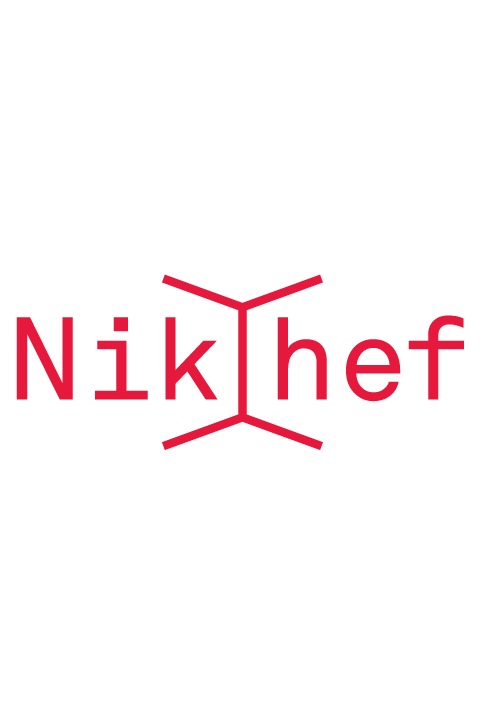Nikhef is dedicating their new and freshly installed computer cluster – which is still in its test phase – to the calculation efforts in order to fight the coronavirus. The datacentre is offering their computing power to the Rosetta@home project of the University of Washington, that tries to unravel the underlying protein structure with massive calculation nodes.
The past weeks a total of 4 racks, including more than 3800 AMD compute cores and 31 Terabyte of memory, have been delivered and installed in Nikhef’s datacentre in Amsterdam, which is normally being used for calculations on particle physics and gravitational waves.
The Lenovo SR655 based cluster-extension, including also 14 AMD accelerator cards, has been installed in order to be prepared for the increasing data streams coming from CERN, where the Large Hadron Collider particle accelerator will soon be aiming at ten times the current volume of data.
Nikhef is performing tests to see what computing capacity will be needed for this future amount of data volumes, delivering also computing power to the Dutch National e-infrastructure. This new computer cluster is also being offered during the yearly ‘stampede’ by Dutch Power Cows, a team of ICT-platform tweakers, during which distributed computing power is being bundled for specific projects.
In previous editions of these stampedes combined calculation power has been used for example to do heavy processing for the modelling of the universe and also malaria. With the current corona crisis, it became rapidly obvious to start helping in research on molecular structures of the virus and, already in an early stage Nikhef expressed its intent and willingness to cooperate in this joint undertaking.
The last couple of months hundreds of Dutch computer users have already started collaborating to help fight corona through the folding@home-project, which combines the unused calculating power of graphical cards in home pc’s in order to calculate the folding characteristics of proteins. The project uses the renowned Boinc-platform which distributes the calculation packages amongst idle computers (i.e. home pc’s that are not actively being used by their user) across the network.
The rosetta@home-program has a similar set-up but uses the cpu’s (central processing unit) of home computers. The Baker Laboratory owned project in Washington recently made the news with the model creation of an important corona protein which could then be reproduced in the lab. This was the result of a combined calculation effort of hundreds of participants.
Dutch Power Cows participated in this project during the whole month of April and Tristan Suerink, IT architect at Nikhef, expects to continue with their contributions of calculation power after that as well. ‘We offer everything we can’.
The corona calculation efforts of Nikhef’s datacentre are aligned with other calculation capacity initiatives, like CERN’s particles lab that is providing its expertise and infrastructure where possible in order to fight the pandemic.
Meanwhile CERN is coordinating a larger program in this area, whereby not only computing capacity is made available but also the design and production of respiratory equipment. And even on a broader scale: as the Geneva based lab is almost completely closed down, CERN is for instance also offering their unused fleet of company cars to the transport of covid-19 patients.
